Last Updated on 4 days by Victoria
Cueva de las Manos (Cave of Hands), an incredible piece of ancient history tucked away in the region’s rugged steppe, is one of Patagonia’s hidden gems. It’s not the easiest place to reach, but trust me, it’s worth the effort!
Beyond the ancient cave paintings, the journey itself gives you a deeper appreciation for Patagonia’s often-overlooked landscapes. If you’re up for an adventure that combines history, culture, and scenery, this is one stop you won’t want to miss.
This guide walks you through all the logistics of getting to Cueva de las Manos, where to stay, and other unmissable stops in the area.
Summary
Cueva de las Manos hours: 9 am – 6pm daily
Entry Fee: $36,000 pesos for foreigners
Nearest airport: Comodoro Rivadavia
Car rental: Rental Cars
Where to stay in the park: La Posta de los Toldos
Where to stay in Perito Moreno: Sentidos Cardinales
Where to stay in Los Antiguos: Ayres del Lago
Why visit the Cueva de las Manos
The significance of Cueva de las Manos lies in its incredibly well-preserved ancient cave paintings, which date back 9,000 years. The name of the site comes from the thousands of stenciled hand paintings rendered on the walls and ceiling and of the cave and the exterior rock wall.
The cave doesn’t just have hand paintings, though. It also depicts scenes of daily life, including guanacos (a regional species similar to a llama), choiques (small ostrich-like birds), mountains, and hunting scenes. Over millennia the type of paintings evolved into more abstract depictions, including dancing men, and circular drawings believed to represent the cycle of life. These latest drawings are estimated to be 1500 years old.
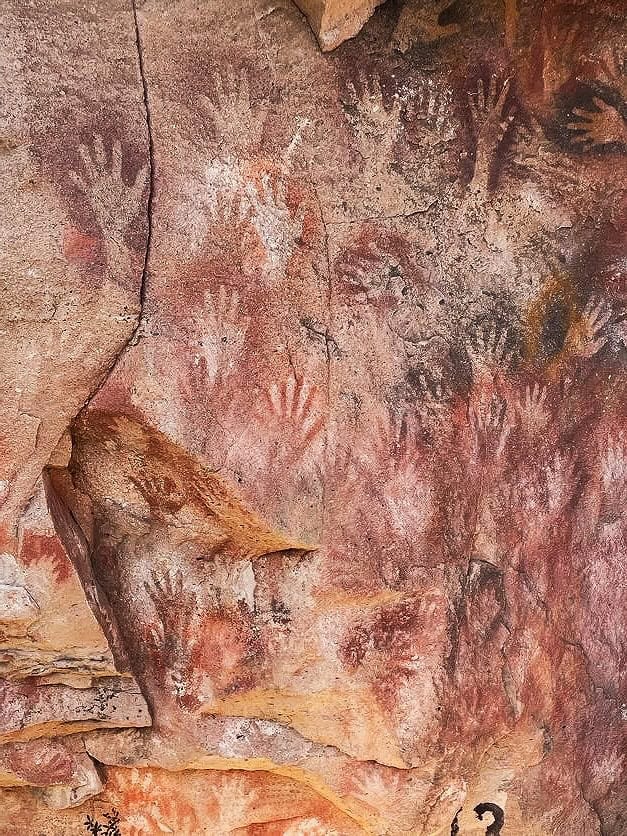
The paintings are also known for the variety of color created with natural mineral pigments, including reds, oranges, purples, yellows, and black. The people that inhabited the region used a variety of techniques to paint – including blowing paint through hollow guanaco bones, using their hands, or using spherical objects as stencils.
The cave offers a unique glimpse into the lives of the nomadic tribes that called Patagonia home. Due to its cultural significance, the site was added to the UNESCO World Heritage list in 1999.
Planning your visit to Cueva de las Manos
Visiting Cueva de las Manos is made challenging by the fact that there are no airports nearby. Perito Moreno, the town that serves as the base for many travelers exploring the region, has a small local airport, but I wasn’t able to find any commercial flights to it.
Here is everything you need to know about getting to Cueva de las Manos.
Getting there
You’ll more than likely start your travels by flying into one of the nearby airports. I should say “nearby” airports, because the closest airport is Comodoro Rivadavia, which is 5 hours away by car. The next closest are El Calafate, which is 7.5 hours away by car, and Bariloche which is close to 12 hours away.
Once you arrive at one of these airports you can rent a car, or take a bus to the towns of Perito Moreno (not to be confused with the glacier), Bajo Caracoles, or Los Antiguos.
Some visitors stop in Cueva de las Manos as part of a much longer Patagonia trip. If you start in Bariloche for example, you can take Ruta Nacional 40 all the way to other points of interest, like El Chalten and El Calafate – in which case Cueva de las Manos is a stop along the way.
We chose to reduce driving time by flying into Comodoro Rivadavia, since we only had a few days to spend in the area. That said, we did add an out-of-the-way stop in Puerto Deseado because I HAD to see rockhopper penguins, which are still around in March.
Of these towns the closest to the cave is Bajo Caracoles (1 hour drive), but it is also the smallest one. Perito Moreno is a middle-of-the-road option: a little under two hours away and a mid-sized town with several hotels and restaurant options.
Meanwhile, Los Antiguos is the most developed, but also over 2 and a half hours from the caves. If you’re planning on doing more than just visiting the caves, Los Antiguos might be the right choice for you – it sits on Lago Buenos Aires, and is right by Patagonia National Park, giving you plenty of opportunities to enjoy the area.
We chose to stay in Perito Moreno and it was perfect for our needs.
TIP: if you’ll be in a small town on a Sunday, remember that A LOT of businesses are closed. Make sure you know where to get food and anything you might need!
Cueva de las Manos Park Access Points
There are 3 different entrances to the Cueva de las Manos.
- The south entrance (circled in green) is the closest access point for those coming from Bajo Caracoles; it’s also reportedly the road in best condition.
- The central access point (circled in orange) is the most direct if coming from Perito Moreno or Los Antiguos, but we were told this road was only suitable for 4x4s.
- The north entrance is through the park Cañadon Pinturas (circled in yellow) – which is the access point we used. The road through the park is gravel, but in pretty good condition. We drove a Fiat sedan with no issues at all.
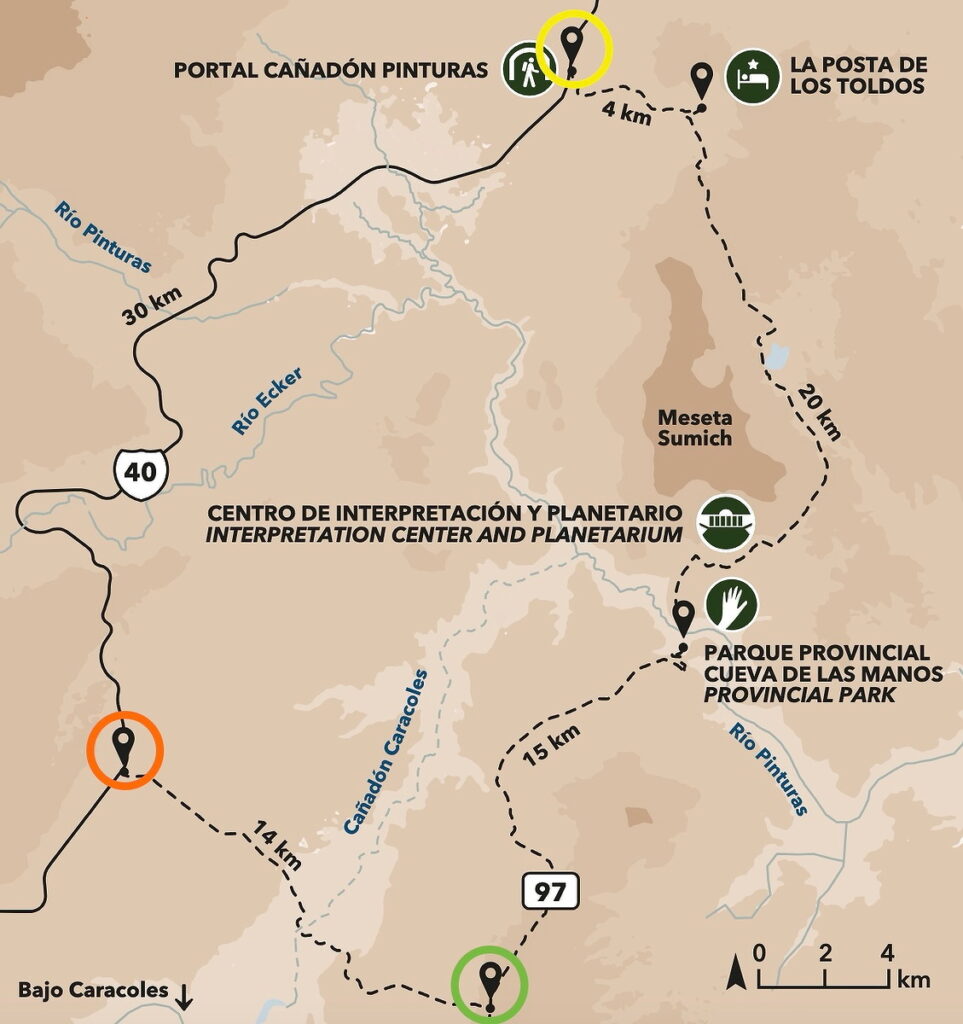
Visiting Cueva de las Manos via Cañadón Pinturas requires a few extra steps, but they are worth it!
When you arrive at Cañadon Pinturas, you stop to sign yourself in and get a map from the staff working there. Entry to the park is completely free.
It takes about 45 minutes to drive through the park, to the parking lot outside of the trail called Bajada de los Toldos. This trail is rated difficult because of the 80 m descent, followed by a shorter ascent, but we really didn’t find it challenging.
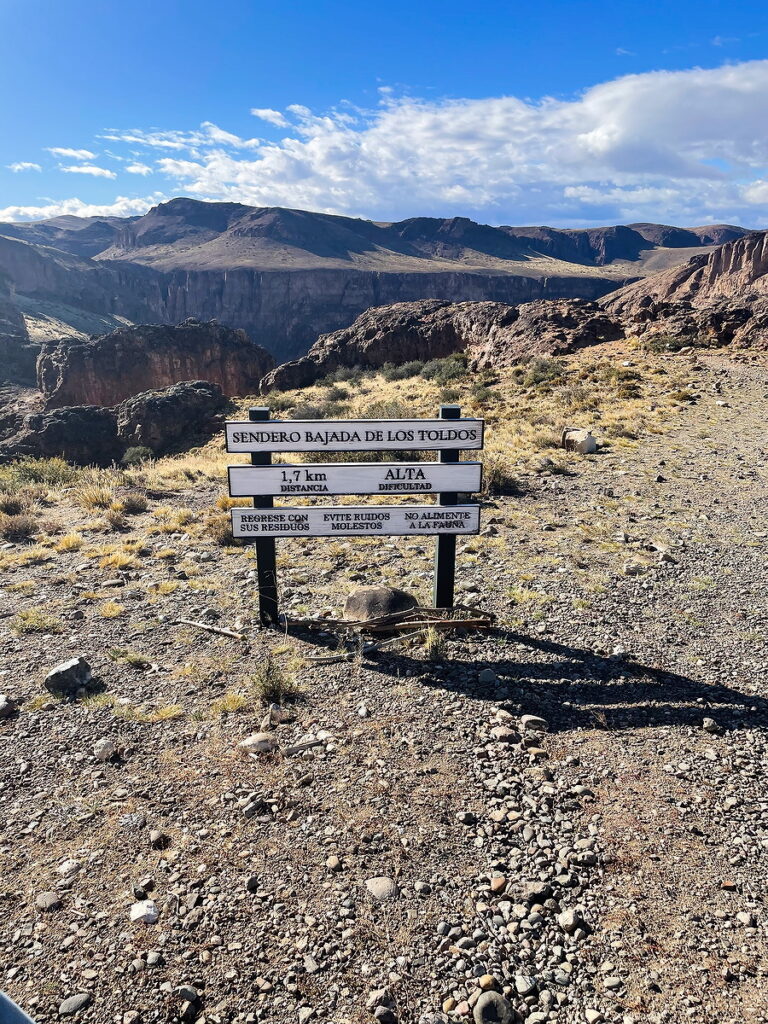

The path is well-marked and the ascent and descent have steps to make the trek easier. The trail is 2.3 km (1.4 miles) in total, and involves hiking down the canyon, across the Pinturas river, and back up. The views are amazing!
This takes 45 minutes at a leisurely pace. In our opinion this short hike really added a lot to the experience – don’t miss out!
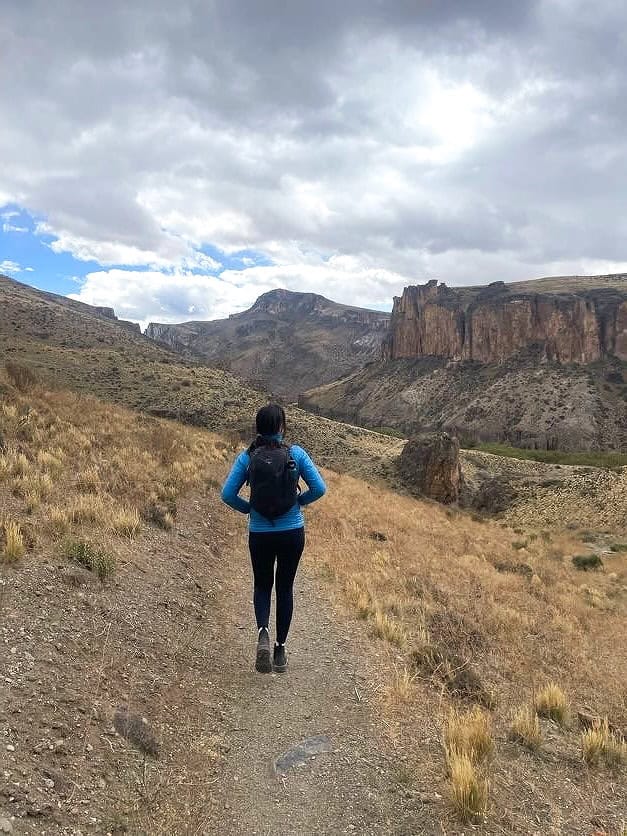
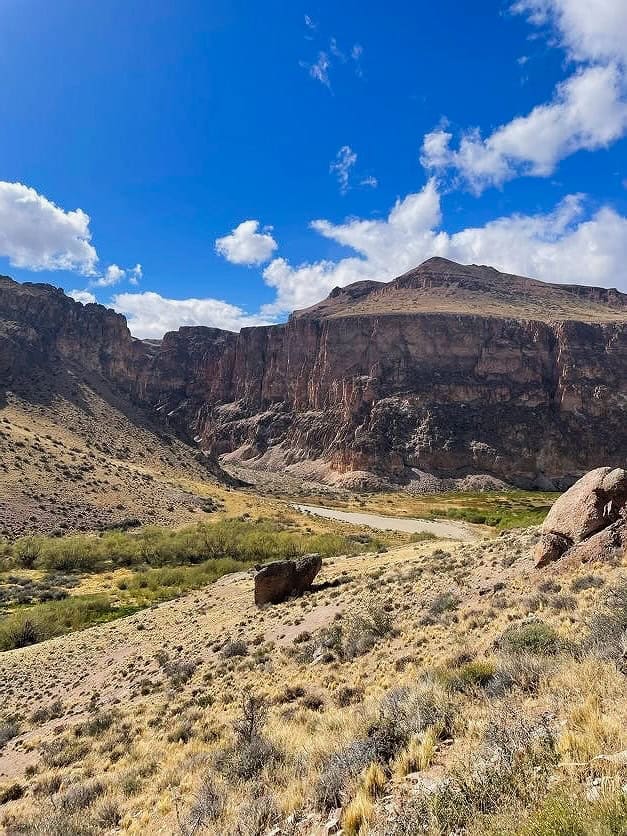
TIP: this is a very windy area, so bring a windbreaker. Bonus points for having a hood and sunblock!
What to Expect
When you arrive at the information center, you will need to sign up for a tour. The price for nationals is $12,000 pesos and for foreigners is $36,000 pesos. The park is open from 9 am to 6 pm every day of the year. However, they do close occasionally due to very strong winds.
Tours begin every hour on the hour, so you may have some time to kill. While waiting for your tour to begin you can buy some light refreshments (think water/sodas, chips, or torta frita (fried dough) or use the bathroom.
Along the far side of the building is a small museum. The exhibits display artifacts found at the site and explain what is known about its history.
Once the tour begins they’ll hand out hardhats to protect from potential rock falls. The tour is about an hour long, but don’t worry, you’ll be able to linger to scratch all of your picture-taking itches!


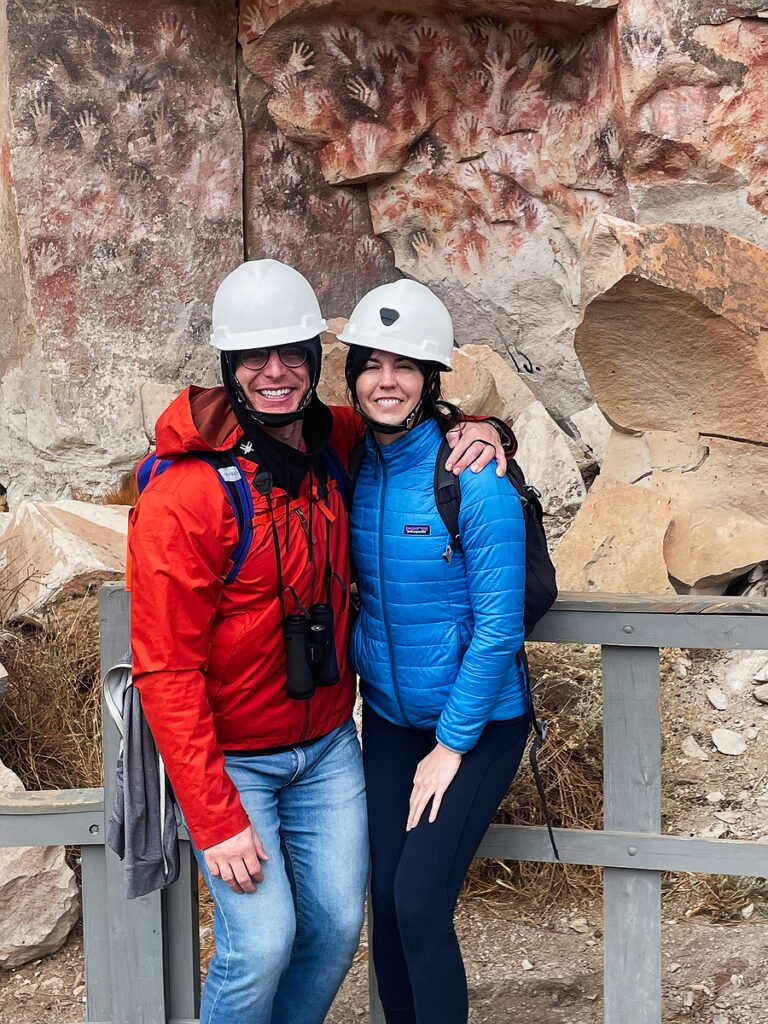
Our guide thoroughly explained what is known about the art as well as the recent history of the area. Heads up: our tour was entirely in Spanish!
The tour takes you on a guided walk that is just over a kilometer long (a little under a mile) stopping along the way to point out some of the most prominent features and pinturas rupestres (cave paintings)
Kolton was most excited to see some of the paintings that aren’t usually shown in online photos (if you’re interested in spoilers, send us a message! He’d love to overload you with the countless photos he took!)
If you arrived via Cañadon Pinturas, you’ll hike back across the canyon and drive through the park. If you’re hungry, look out for a small house called Puesto La Señalada Proveeduría on your drive through the park. Their menu changes but they serve typical Argentine food (think empanadas, quiches, pasta) and it’s absolutely delicious.
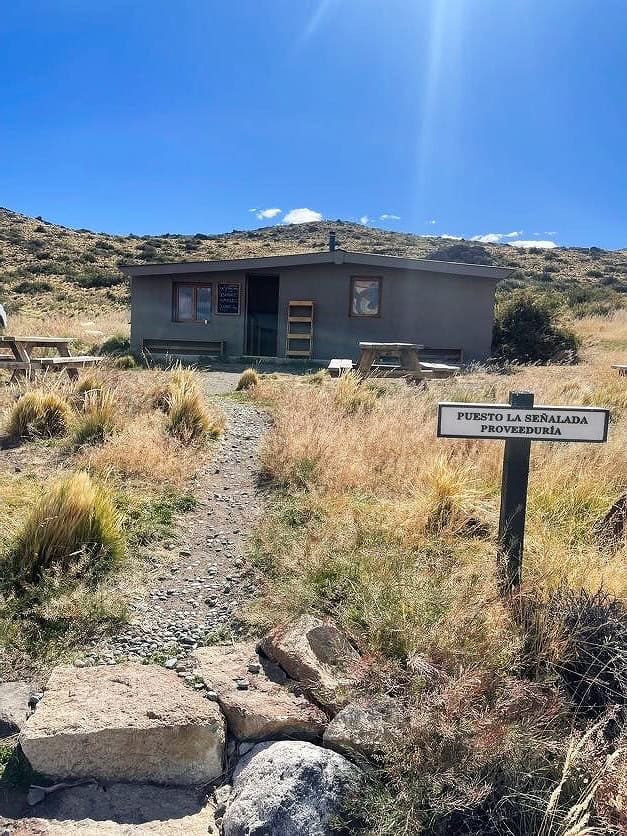
Visiting Cañadon Pinturas
If you’re visiting the Cueva de las Manos I highly encourage you to spend some time in Cañadòn Pinturas! There are a lot of trails you can explore in the park. But if you were to pick just one, I suggest you do the Tierra de Colores trek near the park entrance.
It’s about an hour long loop, 3.4 km (2.1 miles), and very easy. You’ll be rewarded with incredible colors of these rock formations. Even if you’re tired (we were!) I highly recommend you do this one!
Read more: Hiking in Portal Cañadón Pinturas, Patagonia
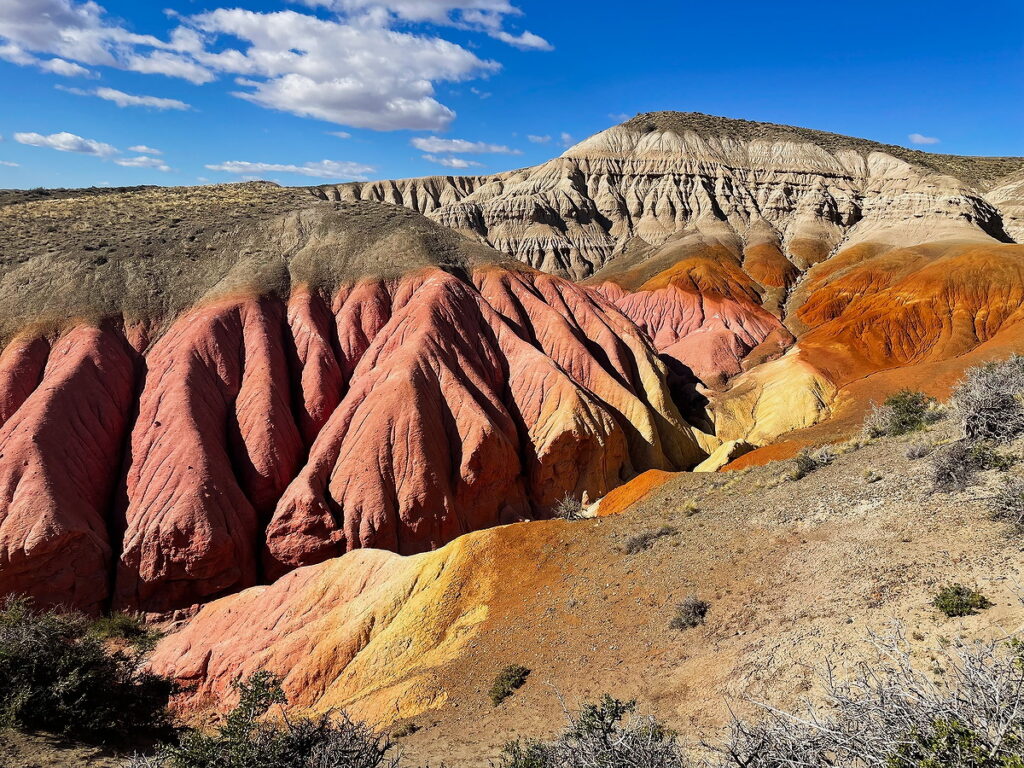
Tour of Cueva de las Manos
If you don’t have your own vehicle, don’t fret! There are tours that leave from surrounding towns and often include a visit to Cueva de las Manos and Cañadòn Pinturas. It’s a great option if you’d rather leave the logistics to the pros.
This one by Chelenco Tours leaves from Los Antiguos, though you may be able to arrange a Perito Moreno pick-up. It includes the hike through the canyon, as well as the Tierra de Colores hike. We actually kept running into this tour while we were at Cueva de las Manos, because they did our exact itinerary.
This tour by Zoyen Turismo leaves from Perito Moreno and has two options: one that includes the hike through the canyon to the caves, and one that does not. They both take you to the do Tierra de Colores hike, though.
When to Visit
October through April is high season in the region. The summer months (December-February) are the warmest, but also the busiest; while the late spring and early fall months are still pleasant and less crowded.
This part of the country can be very windy, so make sure you’re prepared. We visited in early March and found that a windbreaker and layers were enough to feel comfortable being outside for most of the day.
Where to Stay
There are a few options for where to stay when planning a visit to Cueva de las Manos.
Cañadón Pinturas
Cañadón Pinturas is the park adjacent to the Cueva de las Manos Provincial Park. It is a great place to stay if you want to enjoy the region without spending too much time in the car. There is a hotel in the park, as well as camping options.
La Posta de los Toldos | This is a great option if you plan on spending time in the area and want easy access to the caves and nearby hikes. The hotel has a restaurant on site so you don’t have to worry about not being in town. The hotel books up quickly, so I recommend you reserve your room as soon as possible!
Camping | There are three campsites, all of which are free and do not require reservations (although you can save your spot 15 days a ahead of time, if you prefer):
- Camping del Rio: Located in the valley of Rio Pinturas, this site has bathrooms and four platforms for tents. Book by emailing [email protected].
- Camping la Confluencia: Located at the intersection of two canyons, the site has bathrooms and six platforms for tents, three on each side of the river. Book by emailing [email protected].
- Camping La Señalada: This campsite is located off the main road, by the house that serves meals, which I mentioned earlier in this post. The site has bathrooms, picnic tables, a fire pit, and twelve parapets that offer shelter from the wind. Book by emailing [email protected].
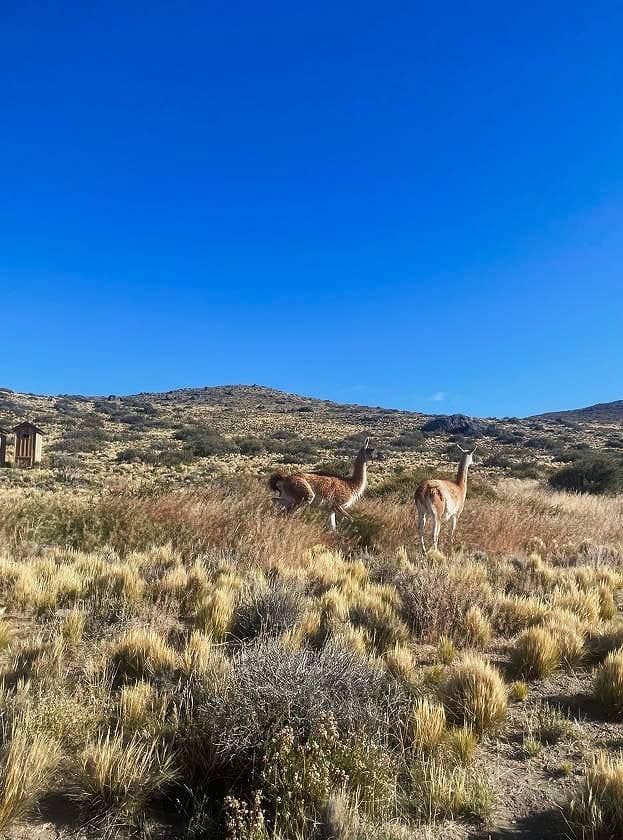
Perito Moreno
Perito Moreno is just 118 km from Cueva de las Manos, and has a decent amount of restaurant options.
Sentidos Cardinales $$$ | A beautiful two bedroom house ideal for families and small groups, this stay offers all the comforts of home in a central location.
Hotel Kelman $$ | This is a solid mid-range option with free continental breakfast. We stayed here and found that it met our needs perfectly.
Hostel Tierra Patagonica $ | Looking for a simple, affordable option? This hotel gets great reviews for its location, cleanliness, and the host’s helpfulness.
Los Antiguos
Los Antiguos is 176 km from Cueva de las Manos, and close to Patagonia National Park.
Ayres del Lago $$$ | A modern hotel with stunning views and highly-rated breakfast. While a bit removed from the city center, guests love the peaceful environment, bright rooms, and cozy lounge fireplace.
El Lucero Apartment $$| A centrally located apartment well equipped for travelers planning to cook or spend time at the place. Guests praise the apartment’s spaciousness, cleanliness, and location.
Posada Pesca Aike Patagonico $ | A hostel that offers 2 to 4 bed dorm options, with and without private bathrooms. The stay includes breakfast and gets tops marks for its cleanliness and the host’s friendliness.
Final Thoughts
Cueva de las Manos is an amazing off-the-beaten-path destination in Patagonia. If you love ancient cultures and impressive landscapes, this is a must stop!
Leave a comment below with any questions about planning your visit. Happy travels.
Read More Posts on Argentina
Hiking in Portal Cañadón Pinturas, Patagonia
Explore Patagonia: El Calafate and El Chaltén Itinerary
How to Visit the Perito Moreno Glacier
El Chalten Hiking Guide: 5 Best Day Hikes
Puerto Deseado Travel Guide: A Destination for Wildlife Lovers
Visit Isla Pinguino: Patagonia’s Galapagos
Navigating Money in Argentina: A Traveler’s Guide to Exchange Rates, Cash, and Credit Cards
The Ideal 3 Days in Buenos Aires [Itinerary + Map]
Victoria is an Austin-based travel content creator passionate about encouraging her readers to step outside of their comfort zone and step in to a life of adventure. She is the founder of the travel blog Nomad No Problem.
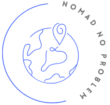
I would love to visit this cave (Cueva de las Manos) since the hand prints look amazing! I always love to seeking out petroglyphs while on vacation since it’s like witnessing a snapshot of history.